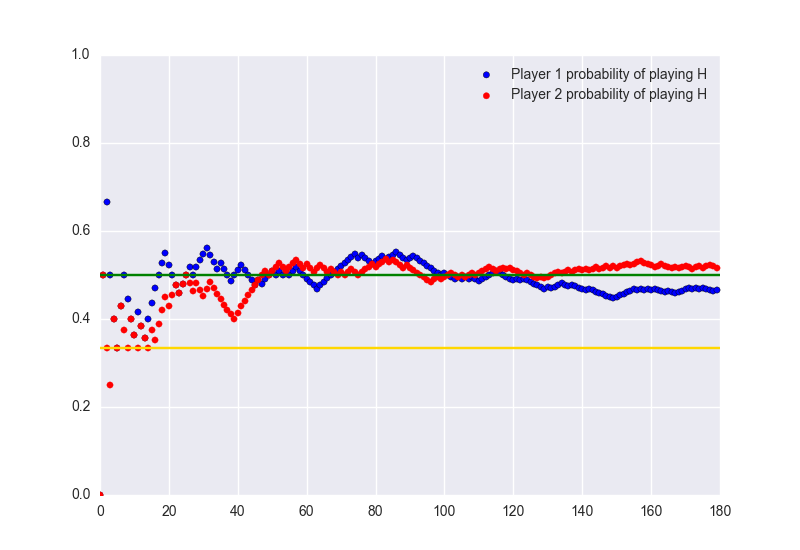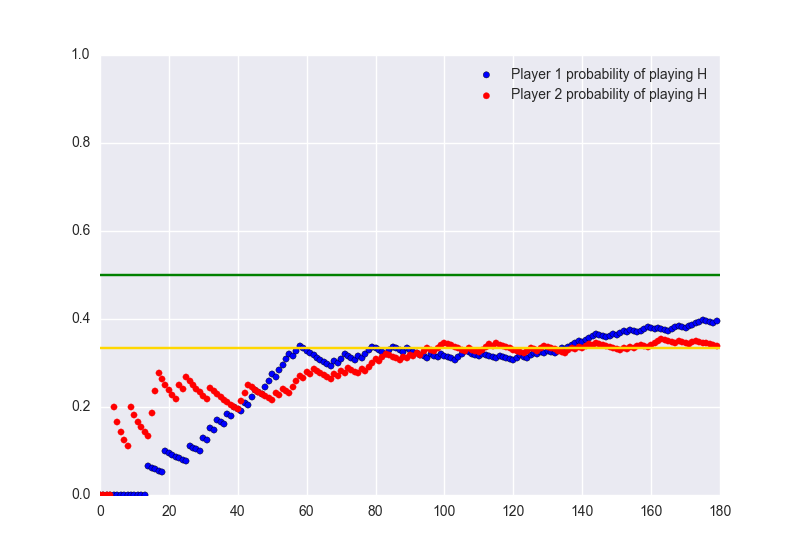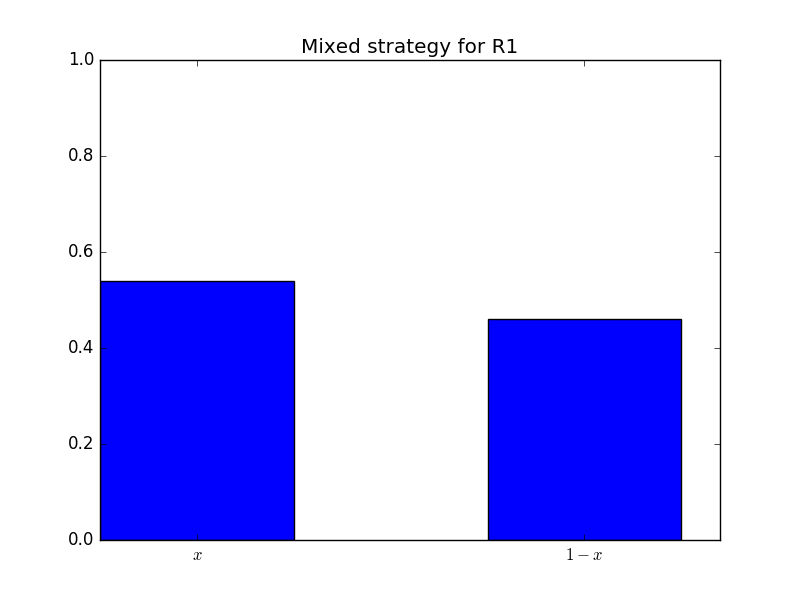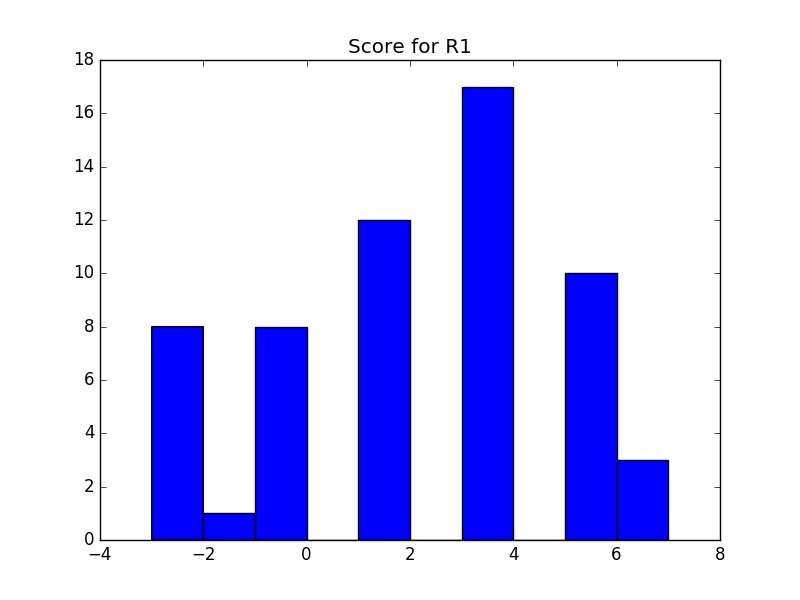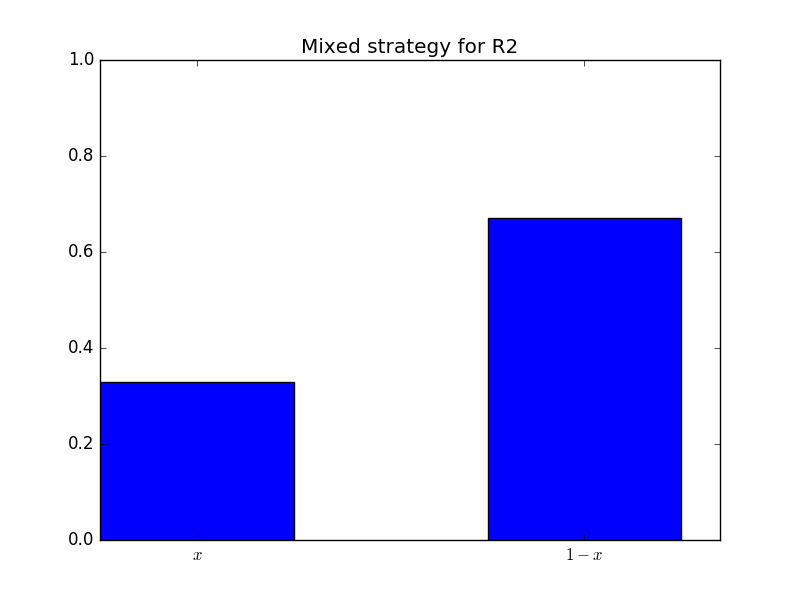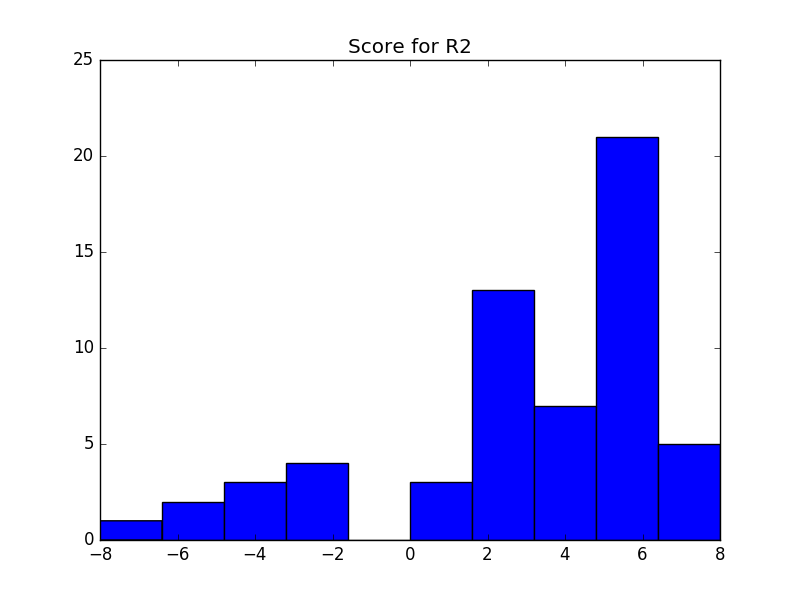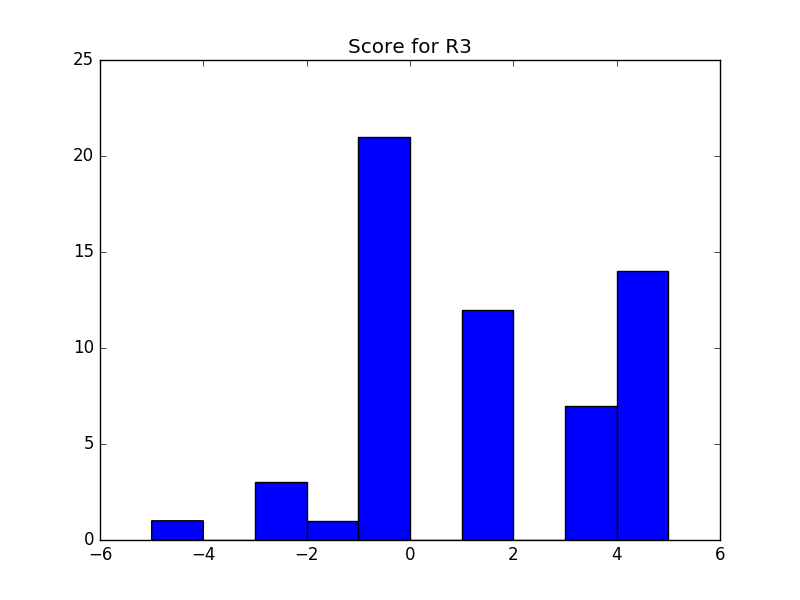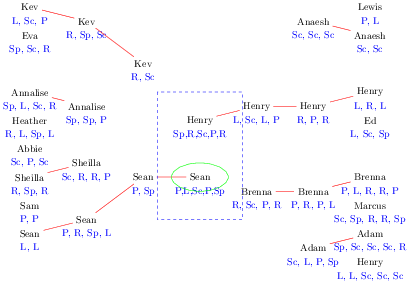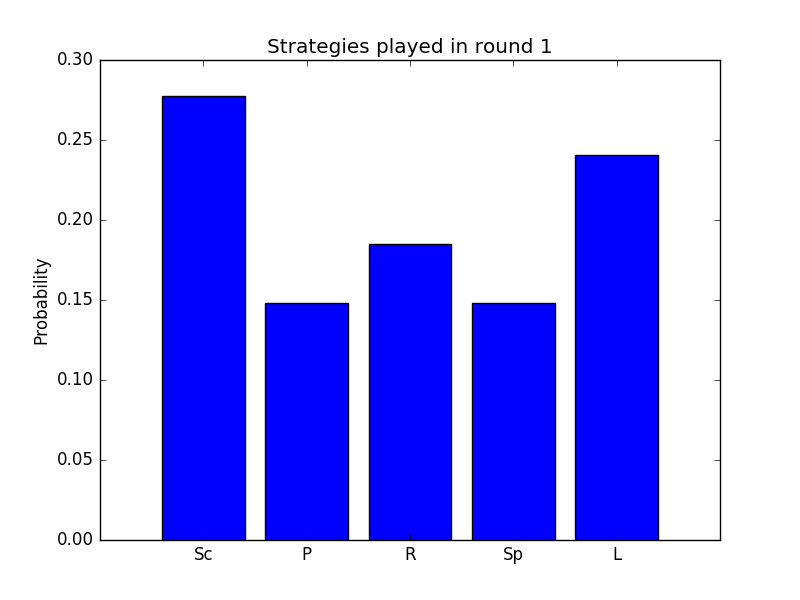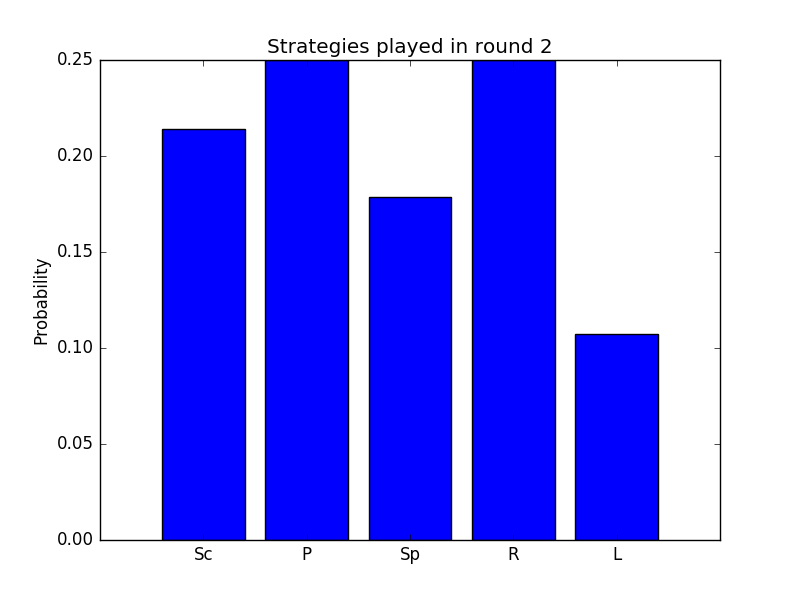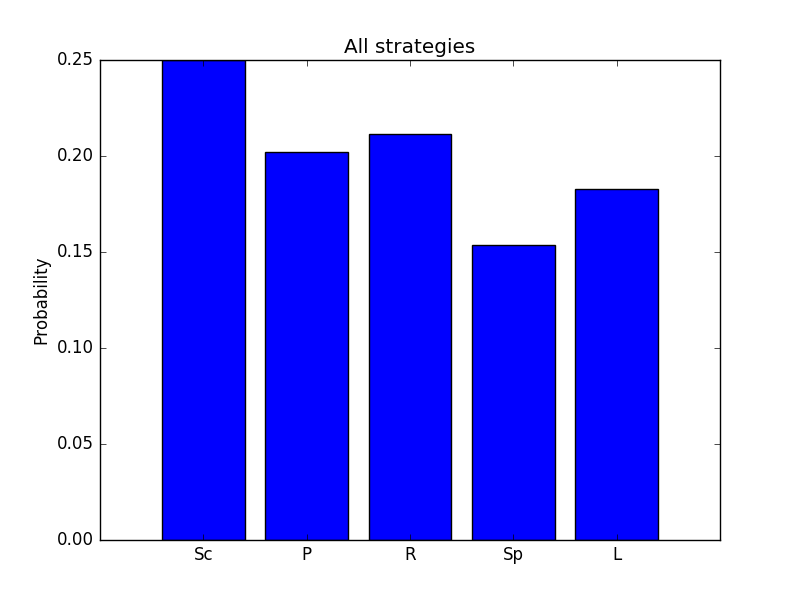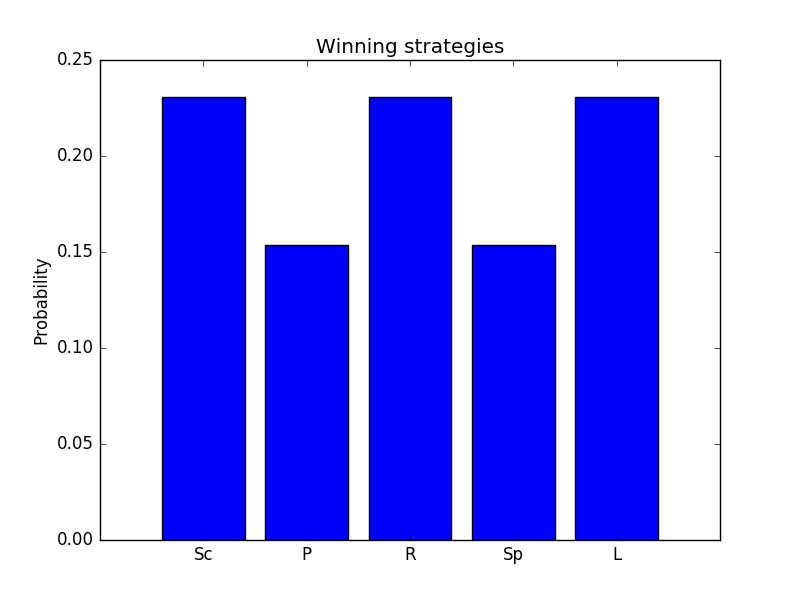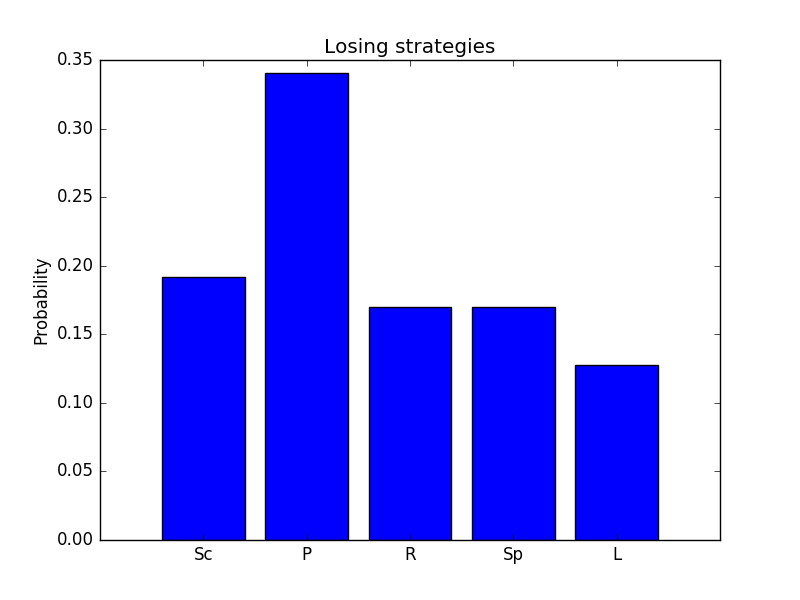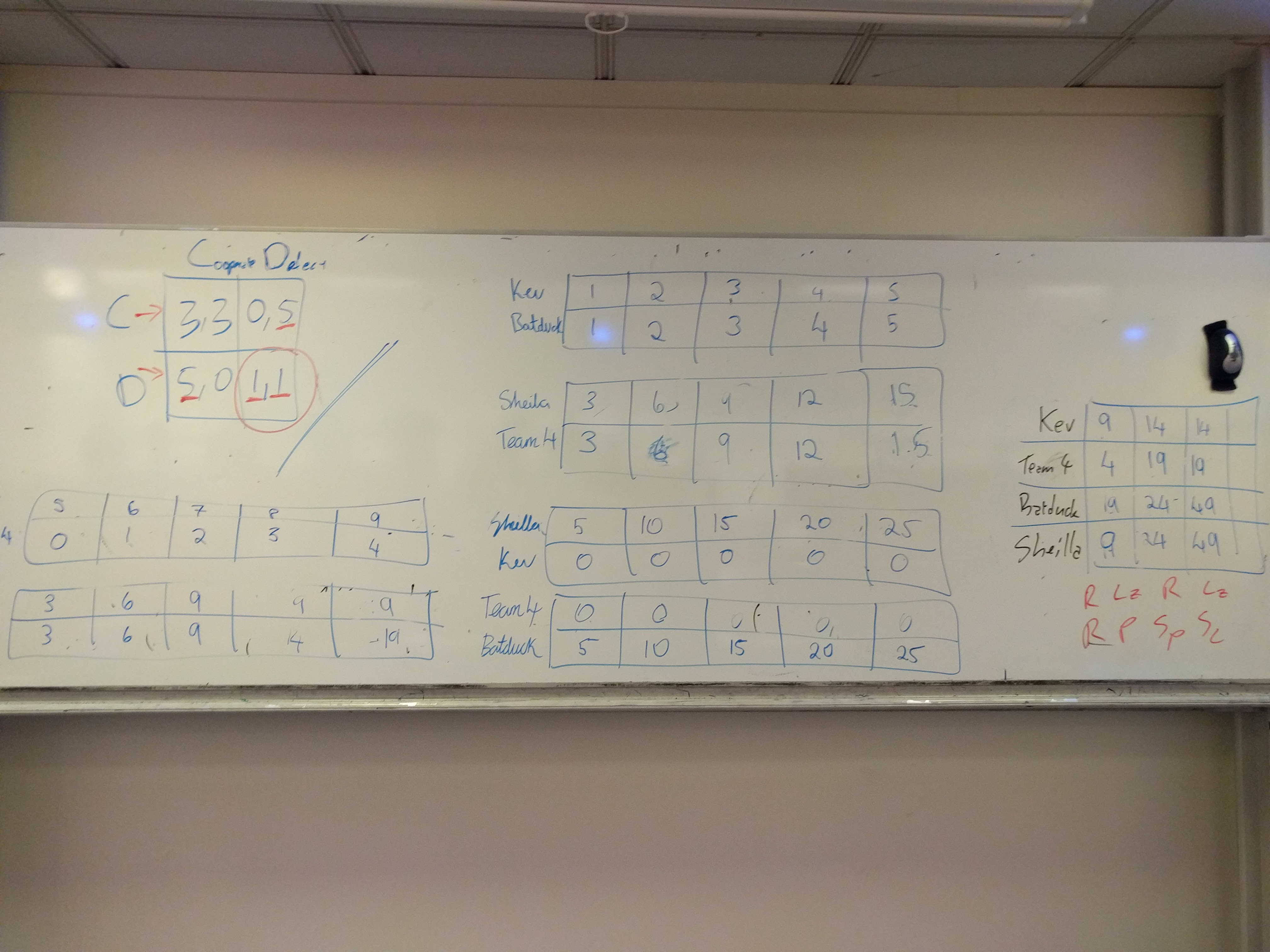In this post, I’ll demonstrate 3 ways to define non-commutative rings in Sage. They’re essentially different ways of expressing the non-commutative relations in the ring:
- Via
g_algebra: define the relations directly - Via
NCPolynomialRing_plural: define a pair of structural matrices - Via a quotient of a letterplace ring: define the ideal generated by the relations (only works for homogeneous relations)
As far as I know, all 3 methods rely on Sage’s interface with Singular and its non-commutative extension Plural.
In addition to all the documentation linked above, I also relied heavily on Greuel and Pfister’s A Singular Introduction to
Commutative Algebra. Despite the title, it does have a pretty substantial section (1.9) devoted to non-commutative $G$-algebras.
$U(\mathfrak{sl}_2)$ and its homogenization
The running example throughout this post will be the universal enveloping algebra $U(\mathfrak{sl}_2)$ over $\mathbb{Q}$.
We’ll define this to be the (non-commutative) $\mathbb{Q}$-algebra $U$ with generators $e,f,h$ subject to the relations
If we set $e,f,h$ to have degree 1, these relations are not homogeneous. Their left-hand sides only have degree 2 terms, while their right-hand sides have degree 1 terms as well. This is fine with the first two methods, but won’t work for method 3 (which requires homogeneous relations).
To demonstrate the third method, we’ll define the $\mathbb{Q}$-algebra $H$ with generators $e,f,h,t$ subject to the homogeneous relations
We can obtain $U$ both as a quotient and a localization of $H$:
$G$-algebras
Using the g_algebra method of Sage’s FreeAlgebra class, we can simply plug our noncommutative relations in, and get our non-commutative ring. This is about as easy as it gets:
Let’s unravel what’s going on here.
Monomial orderings and PBW basis
Most algorithms for commutative and non-commutative rings require an ordering on the generators. In our case, let’s use the ordering
This is implicitly stated in our code: we wrote F.<e,f,h> instead of F.<h,e,f>, for example.
A standard word is a monomial of the form
In the polynomial ring $\mathbb{Q}[e,f,h]$, every monomial can be expressed in this form, so the set of standard words forms a $\mathbb{Q}$-basis for $\mathbb{Q}[e,f,h]$.
In a non-commutative ring, whether or not the standard words form a basis depends on what relations we have. Such a basis, if it exists, is called a PBW basis.
The free algebra $F = \mathbb{Q}\langle e,f,h\rangle$ has no relations, so does not have a PBW basis. Fortunately, our algebra $U$ does have a PBW basis.
This means that we can always express a non-standard monomial (e.g. $fe$) as a sum of standard monomials (e.g. $ef - h$). The non-commutative relations that define $U$ can thus be thought of as an algorithm for turning non-standard words into sums of standard words.
To do this in Sage, we define a dictionary whose keys are non-standard words and values are the standard words they become.
In the above example, our dictionary was short enough to fit into one line, but we could also define a dictionary separately and pass it into g_algebra:
It’s very important that the keys are non-standard words and the values are sums of standard words. Mathematically, the relation $fe = ef - h$ is the same as $ef = fe + h$, but if we replace f*e : e*f - h with e*f : f*e + h in the code, we’ll get an error (try it!).
What are $G$-algebras?
The reason why $U$ has a PBW basis is because it is a $G$-algebra. Briefly, $G$-algebras are algebras whose relations satisfy certain non-degeneracy conditions that make the algebra nice to work with.
For a full definition of $G$-algebras, refer to A Singular Introduction to Commutative Algebra or the Plural manual.
If $A$ is a $G$-algebra, then it has a PBW basis, is left and right Noetherian, and is an integral domain. More importantly (for this site at least!), it means that we can define $A$ in Singular/Plural, and hence in Sage.
Structural matrices for a $G$-algebra
Another way of writing our non-commutative relations is
where $ * $ denotes element-wise multiplication (so there isn’t any linear algebra going on here; we’re just using matrices to organize the information). Let $N,C,S,D$ be the matrices above, in that order, so that $N = C*S + D$.
If we let $x_1 = e, x_2 = f, x_3 = h$ (so that $x_i \leq x_j$ if $i \leq j$) then for $i < j$
In other words, $N$ contains the non-standard words that we’re trying to express in terms of the standard words in $S$.
The matrices $C$ and $D$ are called the structural matrices of the $G$-algebra, and their entries are such that our relations may be written
with zeros everywhere else ($i \geq j$). If $C = D = 0$, the resulting algebra will be commutative.
We can use the structural matrices $C$ and $D$ to define our algebra via Sage’s NCPolynomialRing_plural function (note that Python uses zero-indexing for matrices):
Note that R is a commutative polynomial ring. In fact, up till the point where we call NCPolynomialRing_plural, even the variables e,f,h are treated as commutative variables.
This method of defining $U$ is considerably longer and more prone to mistakes than using g_algebra. As stated in the documentation, this is not intended for use! I’m including it here because this is essentially how one would go about defining a $G$-algebra in Singular. In fact, the Sage method g_algebra calls NCPolynomialRing_plural, which in turn calls Singular.
Quotients of letterplace rings
Our final method for defining non-commutative rings makes use of Sage’s implementation of Singular’s letterplace rings.
As mentioned at the start of this post, this method requires the relations to be homogeneous, so we’ll work with $H$ instead of $U$.
Let $\mathbb{Q}\langle e,f,h,t \rangle$ be the free algebra on 4 variables. Consider the two-sided ideal $I$ generated by the relations for $H$:
Then
This can be expressed Sage-ly:
The expression F*I*F is the two-sided ideal generated by elements in the list I.
Although $U$ cannot be defined using this method, $H$ can be defined using all three methods. As a (fun?) exercise, try defining $H$ using the other two methods.
Difficulties
These methods can be used to define many non-commutative algebras such as the Weyl algebra and various enveloping algebras of Lie algebras. One can also define these algebras over fields other than $\mathbb{Q}$, such as $\mathbb{C}$ or $\mathbb{F}_p$.
However, we cannot define algebras over $\mathbb{Q}(q)$, the fraction field of $\mathbb{Q}[q]$:
This is a problem if we want to define rings with relations such as
Such relations occur frequently when studying quantum groups, for example.
This is suprising, because one can easily define $\mathbb{Q}(q)$ and non-commutative $\mathbb{Q}(q)$-algebras in Singular/Plural, which is what Sage is using. It seems that the problem is in Sage’s wrapper for Singular/Plural, because Sage can’t even pass the ring $\mathbb{Q}(q)$ to Singular.
There’s a trac ticket for this problem, but until it gets resolved, we’ll just have to define such rings directly in Singular/Plural. Thanks to the amazing capabilities of the Sage Cell Server, we’ll do this in the next post!
